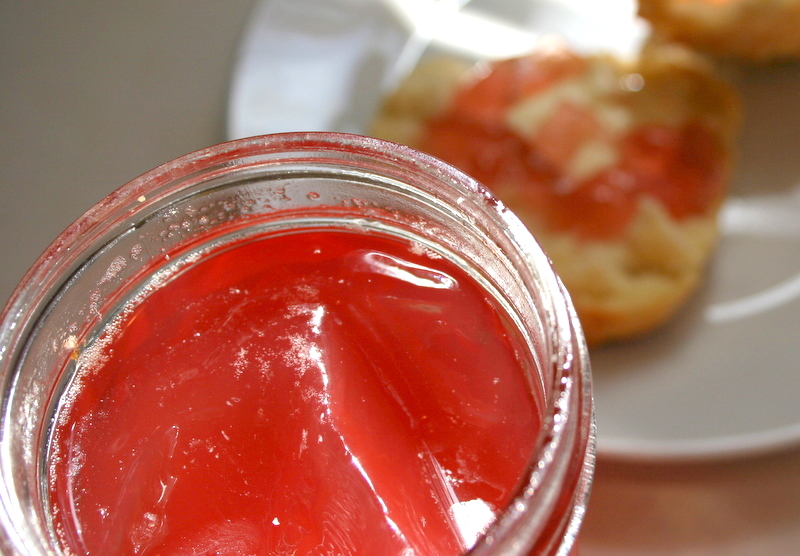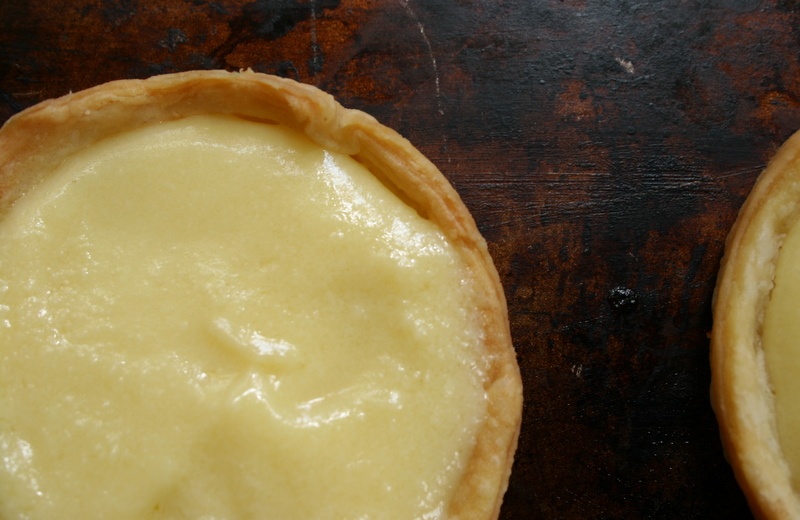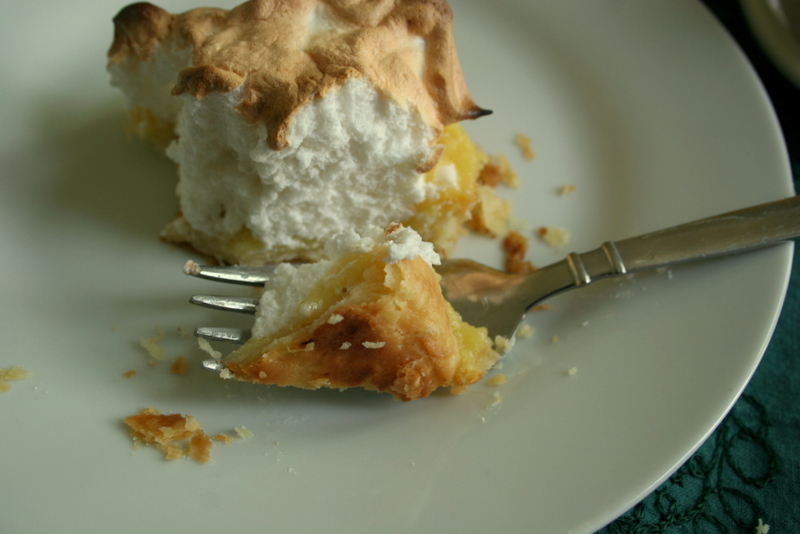 Now is the time, my friends, when giant, balloon-sized bags of local greens appear in the grocery shops. I love them so much! They arrive in late spring, and they are just beautiful steamed and dripping with butter on the side of your plate.
These greens are often labeled "fresh greens," or "field greens," but many people call them "turnip greens" or "turnip tops." They're inexpensive, and they're wonderfully nutritious. The only flaw with them is that the bags they come in are enormous, and the greens are tender enough that they don't last very long in the fridge, so you have to use them up quickly.
Now is the time, my friends, when giant, balloon-sized bags of local greens appear in the grocery shops. I love them so much! They arrive in late spring, and they are just beautiful steamed and dripping with butter on the side of your plate.
These greens are often labeled "fresh greens," or "field greens," but many people call them "turnip greens" or "turnip tops." They're inexpensive, and they're wonderfully nutritious. The only flaw with them is that the bags they come in are enormous, and the greens are tender enough that they don't last very long in the fridge, so you have to use them up quickly.
One recipe I came up with a few years ago to cope with the massive amounts of leafy greens is my turnip top pesto. I enjoy this stuff so much that I've written about it twice, first in The Scope, and then on my old blog. It's a very easy way to use up a few big handfuls of greens, and it's delicious on pasta, on pizza, in melts, and in risotto. It also freezes brilliantly; I pack it in half-cup canning jars and stash it in the deep freeze to pull out over the winter for a nice taste of spring.
This year, I thought I should come up with some new ways to incorporate the greens into my family's dinners. First I made a quiche. I had three motivations for this. I had just bought a gorgeous quiche pan at a garage sale for a dollar and I was desperate to use it, I had leftover ham in the fridge, and I wanted to taste-test some of the new locally-produced Central Dairies cheese. Quiche is dead easy to make, and it's a great way to eat local: eggs are one local food product that you can pretty much always get your hands on.
If quiche isn't part of your cooking repertoire, here are a couple good videos that can help you through the process. One is a quick and dirty intro to quiche-making, and the other is a leisurely, meditative approach to quiche. Quiche is more of a method than a recipe; you can use any vegetables or bits of cheese or leftover meats (generally bacon, ham, or sausage), you can use a shop-bought crust or a homemade one (or go crustless if you prefer), you can eat it hot or at room temperature, and it pretty much always works out beautifully. Mine was fantastic! I steamed the greens first, and used Central Dairies peppercorn edam (my new favourite) to complement the greens and the ham.
The next day, I decided to make something similar to a Greek spanakopita. If you've never had spanakopita, it's a delicious savoury pie, generally made with spinach, feta cheese, and eggs, and wrapped in flaky, golden phyllo. There are many different recipes available online and in cookbooks, and there is a great video here. I used Central Dairies feta, which is quite different from the feta I'm used to: it is firm, rather than crumbly. The taste is great, but in order to get the texture I wanted I had to stir in some ricotta. I steamed my greens to wilt them, and used chives from my garden, and green onions and basil from my windowsill. Traditional recipes usually call for dill, but I didn't have any on hand. Even without the dill, it was delicious. Oh, and I most certainly did not make my own phyllo pastry! Storebought phyllo (sometimes spelled "filo") is just fine, and you can get it in the freezer at most supermarkets.
Spanakopita freezes very well. You can prepare it up to the point when you would normally put it in the oven, then wrap it tightly and put it in the freezer. This is another great way to preserve your greens for the months ahead. Make sure you thaw your spanakopita (or "turnip-topita," as I have been calling this, with total disregard for linguistic accuracy) completely before putting it in the oven, and keep it covered while thawing, or else the phyllo will dry out. Brush it with a bit of olive oil before you bake it, and there you go: yumness.
Do you have a favourite way to prepare and eat turnip greens? Is there anything new you plan to try with them this year?














